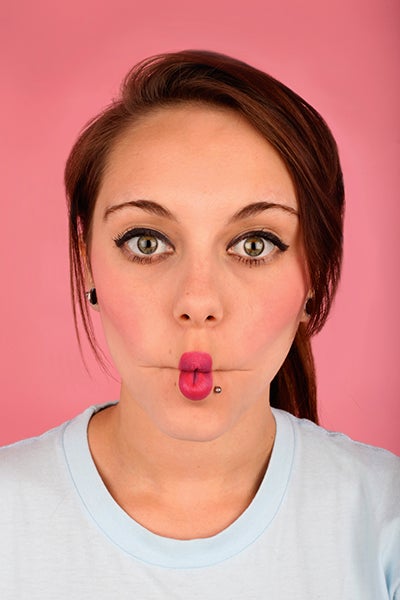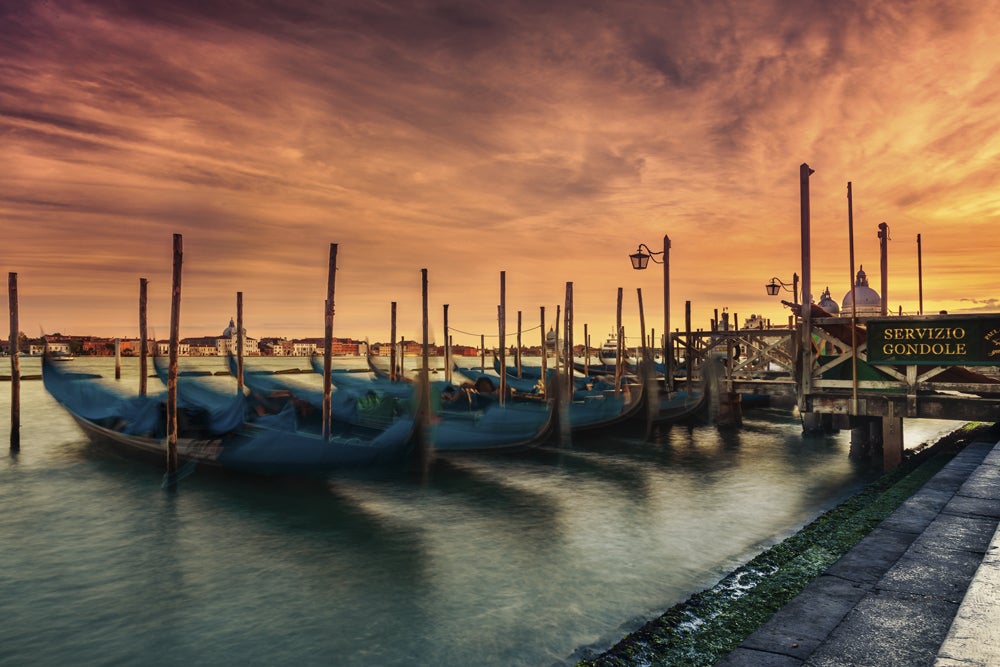Callum McInerney-Riley subjects his faithful old Canon EOS 5D Mark II to some rather unexpected conditions
Autofocusing
It’s not to be said that the EOS 5D Mark II is without fault. The AF system leaves a lot to be desired, something that I found out quite quickly when shooting press photography. The staple of the job was intercepting people on trial as they came out of a courtroom. The individuals would move fast and often try to avoid having their pictures taken.
While other photographers around me were catching upwards of 20 sharp frames, shooting mostly with Canon EOS-1D Mark IIs or EOS-1D Mark IIIs, at the time I would be lucky to get two or three shots using continuous focus. The camera would search and hunt for focus with varying degrees of success.
After a little tinkering with the camera settings and seeking advice from other photographers, I developed a workaround. By reassigning AF-on from the shutter button to the back button, I was able to continuously focus and pick my shots when I knew the focus was locked on. However, there were occasions with such low light levels that the continuous focus would take far too long to lock on. So, I began to use one-shot, all AF points, alongside back button focus.
This meant I needed to refocus for every shot, but I could more or less guarantee that every one would be sharp. I would usually shoot two headshots and three body shots, which was enough to get a decent image. A few other photographers I worked with joked that my technique was like a hitman’s – but that’s what I had to do.
Featuring just nine AF points, there are certainly limitations to the EOS 5D Mark II – although the more I became accustomed to back-button focusing, the more I found a preference for using single-point AF. These days, it’s my go-to setting on every camera if it’s available. For example, if I shoot a portrait, I will point the centre point at the eyes of the subject, lock on with the back button, recompose the image and take the picture.
It’s like manual focusing with the convenience of AF. It certainly helps because you, as the user, are completely in control of what is in focus. As somebody who shoots much of my work wide open, I rely heavily on precise control and focus confirmation.
 Image: For studio work, JPEG images straight out of the camera are entirely usable
Image: For studio work, JPEG images straight out of the camera are entirely usable
What about now?
Canon replaced the EOS 5D Mark II with the Mark III in 2012, and improved upon many of the issues the camera had. One of the major updates is the incredibly fast and accurate 61-point autofocusing system. This technology is borrowed from Canon’s flagship EOS-1D X. Another major update is the change in sensor that enables the camera to achieve a higher level of image quality over its predecessor. I’ve considered upgrading to the EOS 5D Mark III, but with the second-hand value of my old camera and the cost of buying the Mark III model, I would be roughly £1,500 out of pocket.
For that money, I could buy a couple of very nice prime lenses, so it has never made financial sense to me to pay £1,500 for what I consider to be a few minor issues. However, if I were to buy again, I wouldn’t hesitate to choose an EOS 5D Mark III. With no announcement yet of an EOS 5D Mark IV, even with Photokina having taken place, it’s unlikely we will see one this year – though it is highly possible we could see one in 2015.
I know lots of photographers and videographers have been wishing for 4K video recording on a DSLR, along with other video advancements. Although it’s perhaps unlikely that the EOS 5D Mark IV will break into 4K, the demand is there for Canon to focus on improvements in the area of video. Maybe an articulated LCD display, dual pixel AF in live view and a high frame rate for HD video recording. It will be interesting to see the direction the Mark IV takes.
Recently, Nikon released the D810, the closest rival to the EOS 5D Mark III. This camera offers better image quality than the flagship Nikon D4S, leaving the D4S as a high-speed specialist sports and wildlife camera. Having used the Canon EOS-1D X for the last six months, I feel that if the EOS 5D Mark IV followed suit and came a step closer to the amazing high ISO performance and AF offered by the EOS-1D X, it would be the perfect update to an already amazing camera.
 Image: A good dynamic range and colour depth are recorded by the EOS 5D Mark II in both JPEG and raw. Thanks to this, there is much to work from when post-processing a shot
Image: A good dynamic range and colour depth are recorded by the EOS 5D Mark II in both JPEG and raw. Thanks to this, there is much to work from when post-processing a shot
Camera overboard
Canon has never really made a song and dance about the performance of the weather sealing on the EOS 5D Mark II, but during the camera’s lifetime, I have put it through hell and back, an extreme example being when I was recording video footage from a boat and the camera and tripod toppled over into the lake.
I dived in after it and pulled it from the depths after a good two or three seconds of being fully submerged, bruising my ribs quite badly in the process. On dry land I removed the battery door, lens, card slot, eyecup and anything else I could, in order to strip it back. The LCD screen was filled with water, as was the top-view display, so I thought it was a goner. I left it in a bucket of rice overnight to draw out some of the moisture. I then proceeded to dry it out by a log fire for a further 12 hours.
Once the LCD was clear of condensation, I left it for a few more hours before turning it on to see what the camera’s fate was. Sure enough, it worked fine! I spent another five days shooting stills and video with it, and once back in the UK, I sent the camera to the Canon Repair Centre to have it cleaned and looked over as a precautionary measure.
Of course, this is an extreme example and on any other day I may not have been quite so fortunate. However, throughout its lifetime, my EOS 5D Mark II has also been exposed to numerous rain showers, particularly while shooting time-lapses, as well as extremes of temperature while night-fishing in winter.
Perhaps I’ve been fortunate but I’m confident in saying that the EOS 5D Mark II really is built to hold its own against the most brutal of conditions.
 Image: A sequence of video stills taken the moment my camera went in the lake
Image: A sequence of video stills taken the moment my camera went in the lake




